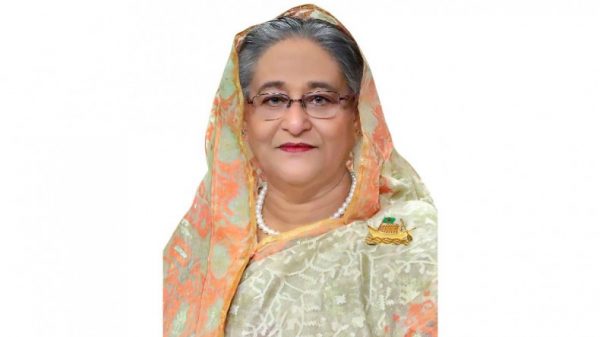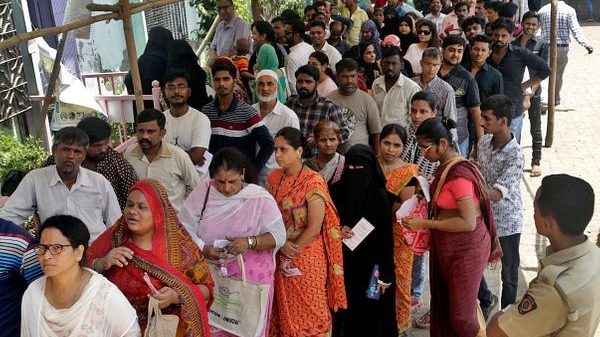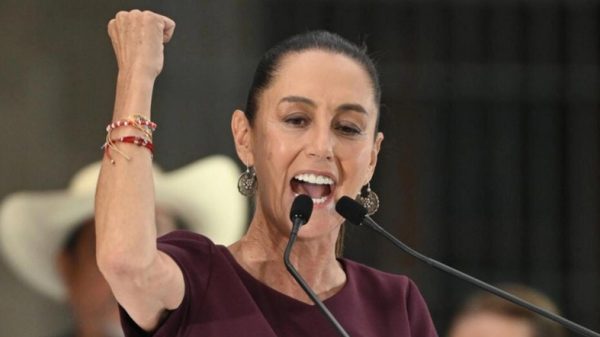Bangladesh Railway suffers from lack of policy attention

THE development of Bangladesh Railway has not been a priority of successive governments, as evident in the inadequate resource allocation and deflected policy attention from it. A large majority of its rolling stock, including locomotives, passenger carriages, freight wagons, and relief cranes, is still in use beyond their shelf life. Currently, the state-owned agency has a total of 317 locomotives, of which 61 per cent are running beyond their economic lives. On May 18, according to the daily operational performance report, only 77.55 per cent of the locomotives were available for service. Similarly, of the total 2,016 passenger carriages, 46 per cent are in operation, but their shelf life has expired long ago. The major rail tracks are also in a state of disrepair. There are 28 major projects worth Tk 1,40,109.78 crore underway for the development of the railway sector; however, projects are slow in implementation. Instead of expediting the implementation of already approved projects, the government is considering a new and costly plan for introducing an electric traction system along the Narayanganj-Dhaka-Chattogram and Tongi-Joydevpur sections, which may bring long-term relief to the sector but does not address the systemic challenges of the sector.
The lacklustre maintenance of old and rickety rolling stock further demonstrates the lack of policy-level attention to the railway sector. There are media reports on how the authority used substandard material for their repair work, disregarding concerns for public safety. Earlier in May, it was reported that the railway authorities are using wooden sticks instead of iron sheets at the really rusty and vulnerable metal structures at the Teesta Rail Bridge in Lalmonirhat. In 2017, when 50 per cent of the wooden sleepers on a railway bridge in Kulaura upazila on the Dhaka-Sylhet railway line were damaged, the authorities, instead of proper replacements, used pieces of bamboo to hold together the worn-out sleepers. Due to inadequate maintenance budgets, rail tracks and other infrastructure are in deplorable condition. Since the independence, successive governments have invested very little in the expansion of the railway infrastructure. It is therefore not surprising that the railway has become accident-prone, its resources are depleted, and land is illegally occupied. The erratic train schedule, declining customer care, and uneven investment in the road transport sector made many train stations non-operational. Recurring accidents and the current state of the railway demonstrate the government’s prolonged negligence towards the sector.
Despite its decrepit state, the Bangladesh Railway plays an indispensable role in transport and travel in Bangladesh. The potential of the railway, therefore, needs to be unlocked through planned investment in tracks, signalling, rolling stock, maintenance, and human resources. The government should take the initiative to prepare a long-term railway master plan to guide the overall development of the Bangladesh Railway in the foreseeable future. It is high time that the government recognised the importance of the sector and made policy changes prioritising the sector so the railway can play its full role.

























Leave a Reply